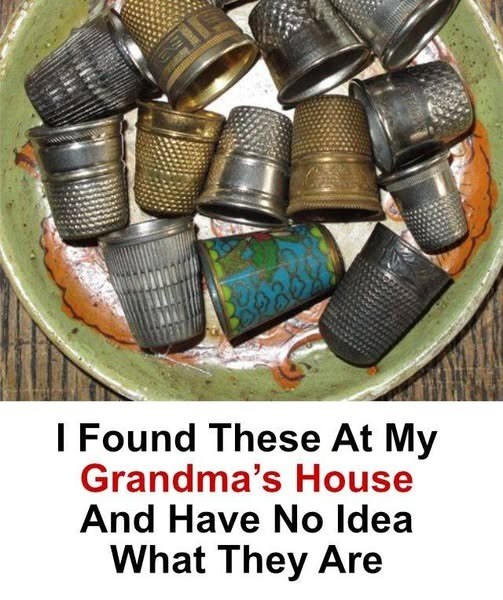
Though small enough to perch on a fingertip, thimbles carry a legacy that stretches across centuries, continents, and cultures. Originally crafted to shield fingers from needle pricks, these humble tools have evolved into symbols of artistry, status, and sentimental value.
The earliest known thimbles, made of bronze, were unearthed in 1st-century Pompeii—preserved in volcanic ash, a silent testament to the essential role of sewing in ancient life. Over the centuries, thimbles adapted to the needs and aesthetics of the times, threading their way through the Middle Ages, Renaissance, and into the industrial age.
During medieval times in Europe, thimbles were fashioned from materials like leather, wood, and metal. By the 14th century, Nuremberg, Germany, had earned renown for its finely crafted brass thimbles, setting a standard that spread across Europe.
By the 17th century, thimbles had become more than utilitarian objects. Wealthy individuals commissioned them in silver or gold, often embellished with enamel or gemstones—delicate tools that doubled as tokens of refinement and prestige.
Their use went beyond sewing. Thimbles served bookbinders, lace-makers, and leatherworkers alike. They also found a place in popular culture: in Peter Pan, a thimble becomes a symbol of a kiss, and in the original Monopoly game, it was one of the iconic tokens—evidence of its once-commonplace presence in households.
Today, collectors seek out antique thimbles made from materials such as porcelain, bone china, and sterling silver. Museums like the Fingerhut Museum in Germany house extensive collections, showcasing everything from simple utilitarian designs to ornate presentation pieces.
Even now, the thimble lives on. Contemporary artisans continue to reimagine it—crafting traditional forms as well as artistic interpretations used in jewelry, mixed media, and commemorative keepsakes.
From ancient bronze tools to treasured collectibles, the thimble’s story is one of endurance, creativity, and craftsmanship—proof that even the smallest objects can carry the weight of history.


